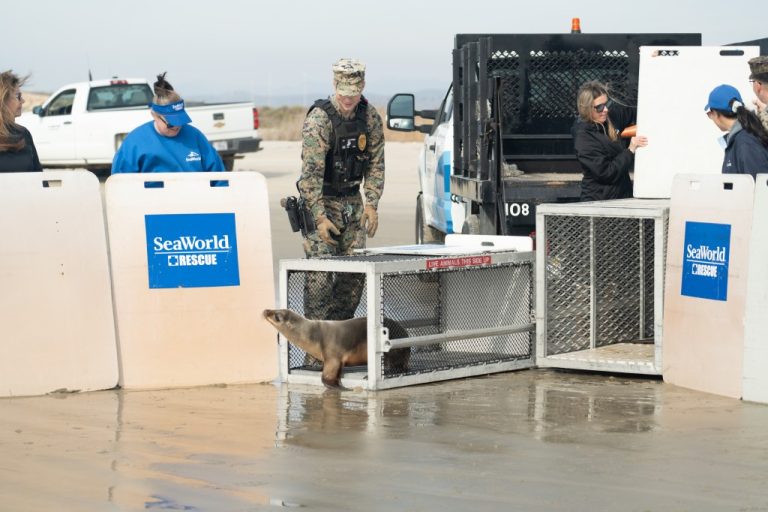San Diego County tallied a dozen additional food poisoning cases associated with oysters harvested in Mexico, driving the total to 81 as of Monday afternoon, according to the county health department.
But the pace of new cases, which stood at 69 Friday, appeared to be dwindling, likely due to a widely publicized blanket prohibition against consumption of bivalves sources from south of the border following norovirus infections linked to consumption of the popular raw delicacy.
Thus far, an official said that no oyster-linked norovirus case has yet gotten sick enough to need a hospital stay.
Last week, the U.S. Food and Drug administration expanded an initial list of oyster producers operating in Sonora in northwest Mexico, adding additional operators in Baja California.
Norovirus, explained Kara Wiggin, a doctoral candidate at Scripps Institution of Oceanography working in the lab of microbial ecologist Jack Gilbert, is the most common virus known to infect shellfish. Vibrio tops the list for bacterial infections.
In an email, Gilbert called Wiggin “an expert in pathogen accumulation in oysters,” due to her ongoing work studying the effects of microplastics on the widely farmed species.
She said that human waste is the generally-accepted source of norovirus — a particularly hardy pathogen — in oysters.
“The probability would be wastewater discharge into the ocean if oysters have norovirus,” she said.
She added that oysters have not been demonstrated to be a natural reservoir for the virus, meaning that the exposure is likely to have occurred in recent weeks.





